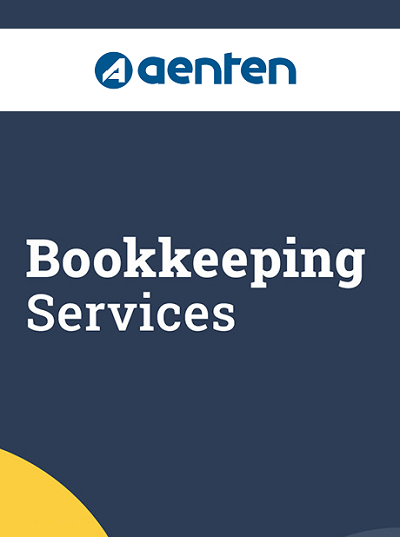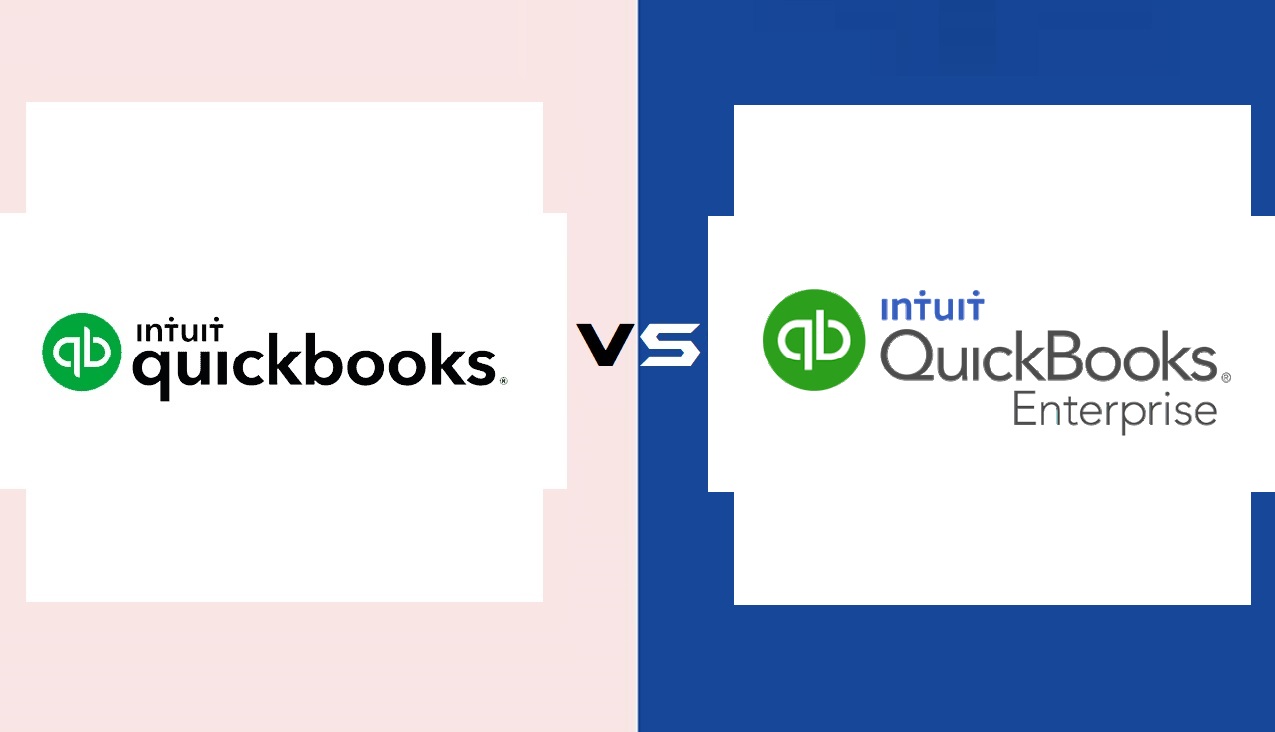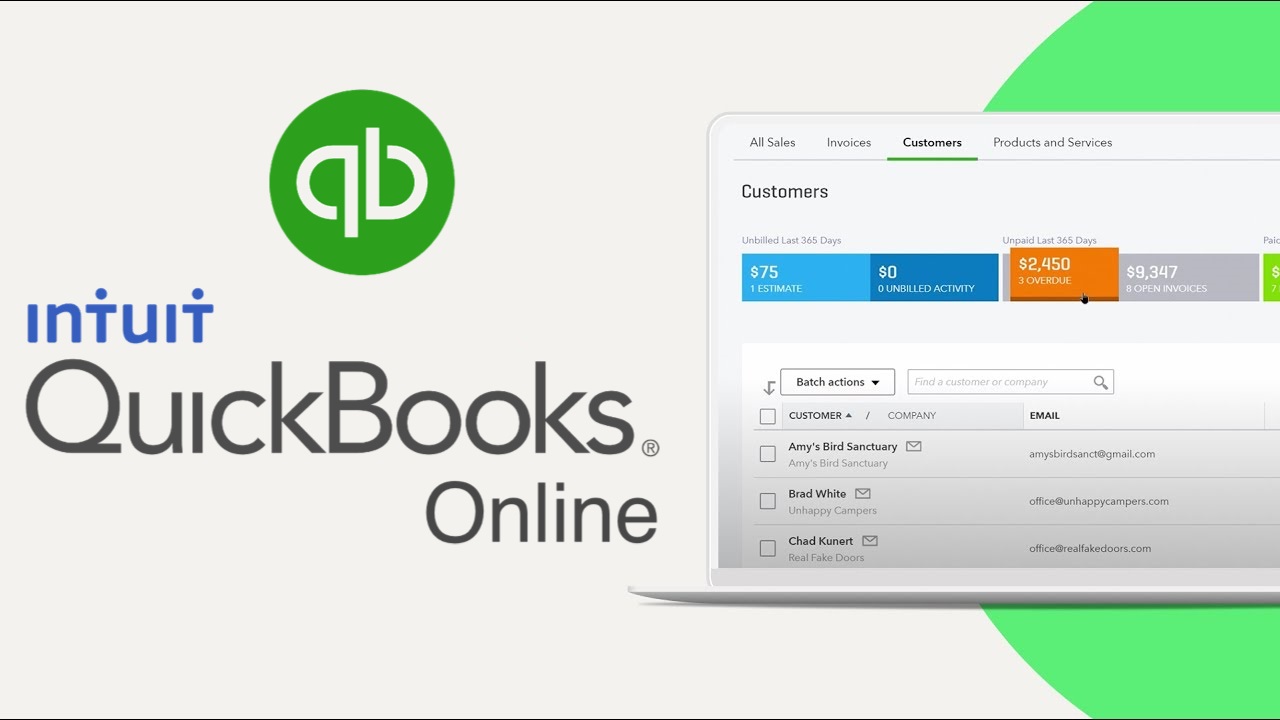An annual budget is a plan that projects a company’s income and expenses for the coming year. It is an essential tool for small businesses to make informed decisions and to manage cash flow. A well-prepared budget provides a clear picture of where the business is going financially, enabling the owner to set realistic goals and allocate resources accordingly.

In this guide, we will provide a comprehensive overview of the annual budgeting process for small businesses, including why it is important, how to create a budget, and how to use it to improve financial performance.
Why Is an Annual Budget Important?
An annual budget is crucial for small businesses because it helps them to:
- Plan for the Future: By creating a budget, businesses can set financial goals and identify areas where they need to focus to achieve them.
- Allocate Resources: A budget enables businesses to allocate resources effectively by prioritizing spending based on their financial objectives.
- Track Progress: An annual budget provides a benchmark for measuring financial performance and tracking progress throughout the year.
- Manage Cash Flow: A budget helps small businesses to manage their cash flow effectively by forecasting income and expenses and making necessary adjustments to avoid cash flow problems.
- Secure Funding: Banks and other lenders often require small businesses to provide financial projections before providing funding. A well-prepared budget can help secure funding by demonstrating the business’s financial stability and future growth potential.
Read Also : 10 Ways To Pay Off IRS Tax Debt.
Steps to Create an Annual Budget
Creating an annual budget may seem overwhelming, but it can be broken down into a series of manageable steps:
- Review Past Financial Performance: Start by reviewing the previous year’s financial statements, including income statements, balance sheets, and cash flow statements. This will provide a baseline for projecting future income and expenses.
- Estimate Revenue: Estimate revenue based on historical sales data and trends. Consider factors such as seasonality, changes in the market, and new products or services.
- Project Expenses: Project expenses by reviewing previous expenses and considering any changes or new expenditures expected for the upcoming year. Examples of expenses include rent, utilities, salaries and wages, advertising, and insurance.
- Calculate Net Income: Calculate the net income by subtracting expenses from revenue. This will provide an estimate of the business’s profitability.
- Determine Cash Flow: Determine the business’s cash flow by estimating the timing of cash inflows and outflows. Consider factors such as accounts receivable and payable, inventory turnover, and capital expenditures.
- Review and Adjust: Review the budget regularly throughout the year and make adjustments as necessary. Keep in mind that unexpected events can impact financial performance, so it is essential to be flexible and adaptable.
Read Also : How To Read Balance Sheet ?
Tools and Techniques to Use in Budgeting
There are several tools and techniques that small businesses can use to create an annual budget effectively:
- Accounting Software: Accounting software, such as QuickBooks or Xero, can simplify the budgeting process by automating calculations and generating reports.
- Zero-Based Budgeting: Zero-based budgeting is a technique that involves starting the budget from scratch each year, rather than basing it on the previous year’s budget. This approach can help businesses to identify areas where they can reduce costs and improve efficiency.
- Historical Budgeting: Historical budgeting involves using past financial data to project future income and expenses. This approach is useful when historical data is reliable and can be used to make accurate projections.
- Top-Down Budgeting: Top-down budgeting involves setting financial targets at the highest level of the organization and then allocating resources accordingly. This approach is useful when the business has multiple departments or cost centers.
- Bottom-Up Budgeting: Bottom-up budgeting involves soliciting input from department heads or employees and then consolidating their inputs to create a comprehensive budget. This approach is useful when employees have unique insights into the specific.




